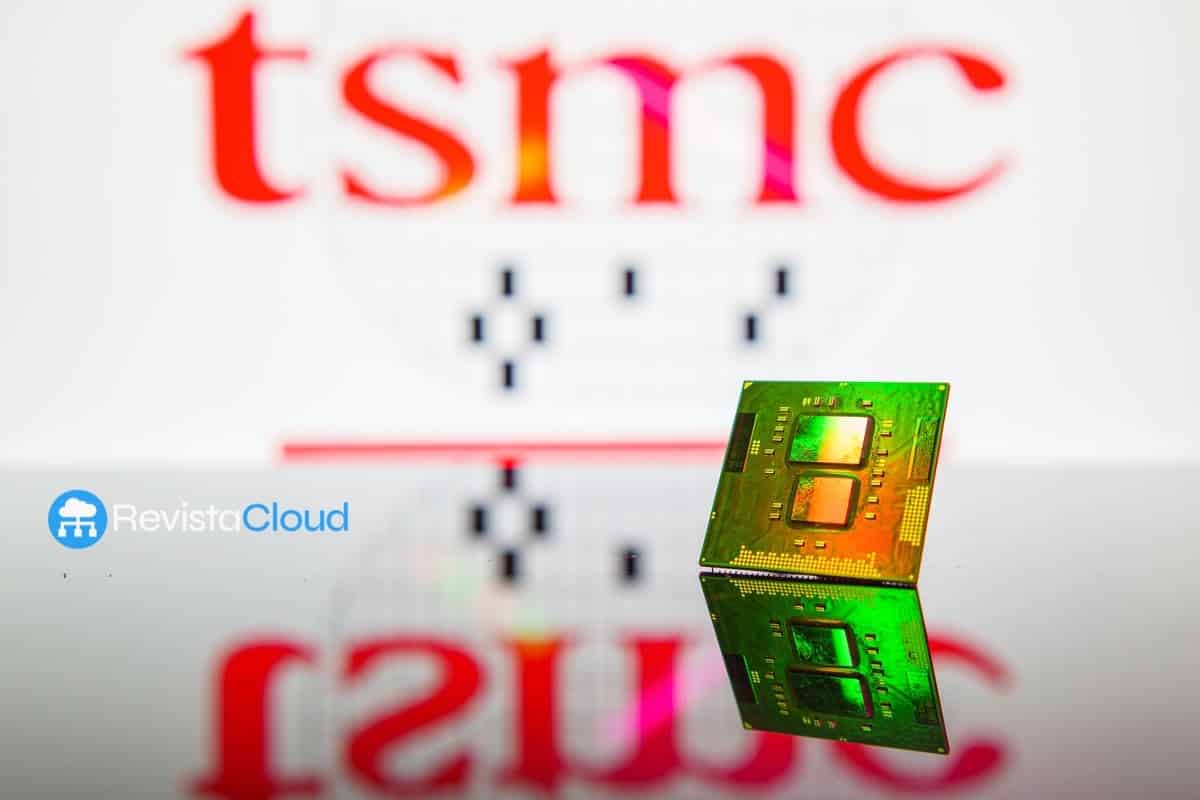In 2025, marked by economic uncertainty, geopolitical tensions, and mounting pressure on supply chains, the semiconductor foundry industry is clearly divided between winners and losers. At the top of the podium, Taiwan Semiconductor Manufacturing Company (TSMC) continues setting historic records and maintaining enviable gross margins. However, for second and third-tier foundries, the outlook is radically different: they operate at full capacity, but their financials remain concerning.
A challenging environment that doesn’t stop TSMC
Export tariffs, currency fluctuations, and political tensions among major powers have complicated the sector’s 2025 landscape. Despite this, TSMC has not only endured but has also surpassed its own annual records, demonstrating that its scale, customer diversification, and technological mastery remain hard-to-match advantages.
The Taiwanese company has effectively managed the impacts of tariffs and currency volatility through flexible production strategies and supply agreements that shield its margins from rising costs. Additionally, its position as a key manufacturer of advanced chips for sectors such as AI, automotive, and 5G secures high-value contracts with margins far above the industry average.
The other side: limited and unprofitable foundries
In contrast, many second and third-tier foundries are operating at full capacity to meet strong demand, yet with narrow or even negative operating margins.
Why? Partly due to heavy reliance on mid- and low-end chips, where competition is fierce and prices are under pressure. This is compounded by less favorable contracts, reduced bargaining power, and higher energy and logistics costs, eroding any profit.
While TSMC can pass much of the cost increases onto its customers—who value its quality and ability to produce cutting-edge nodes—these foundries have to absorb them to avoid losing business.
Tariffs and currency fluctuations: a double blow
Fluctuations in the dollar and tariff policies pose a particularly tough challenge for smaller foundries. In markets like the US, increased costs from tariffs on materials or equipment quickly eat into available margins.
For TSMC, its geographic diversification and presence across multiple continents help mitigate some of this impact. Conversely, companies concentrated in one or two locations rely heavily on local conditions and have less flexibility to adapt.
Innovation as a barrier to entry
The technological gap has widened as well. TSMC not only leads in manufacturing capacity for advanced nodes—3 nm currently and developing 2 nm—but also dominates the advanced packaging ecosystem, including CoWoS and SoIC, vital for AI chips and high-performance computing.
Smaller foundries lack these cutting-edge processes. Although working at full capacity, much of their production is limited to mature technologies with significantly lower prices.
The risk of dependence on a leader
This imbalance presents a dilemma for the global industry. Relying on a single provider like TSMC for the most advanced chips increases market vulnerability to any disruption in its supply chain, whether due to natural events, political issues, or security concerns.
While efforts are underway to diversify—including projects in South Korea, the US, and Europe—the reality remains that no other manufacturer has matched TSMC’s performance, scale, and profitability.
Conclusion: strengthened leadership, competitive risk
As TSMC celebrates another year of record results, the rest of the industry watches warily—despite high global demand—unable to convert that volume into profits. The key difference lies not only in scale but also in business model, customer base, and technological capability.
If this trend persists, the gap could widen further, cementing a semiconductor market where the leader sets rules very different from its competitors.
Frequently Asked Questions
1. Why does TSMC maintain such high margins compared to other foundries?
Because it dominates the most advanced nodes, secures high-value contracts, and has a customer base willing to pay for quality and capacity.
2. What key technologies give TSMC this advantage?
3 nm nodes and developing 2 nm, along with advanced packaging like CoWoS and SoIC.
3. Can second-tier foundries catch up to TSMC?
In the short term, it’s very difficult. The investment in R&D and capacity is enormous, and current margins don’t support major technological leaps.
4. What risks come with heavy dependence on TSMC?
Any disruption in its production could impact the entire global supply chain of advanced chips.

